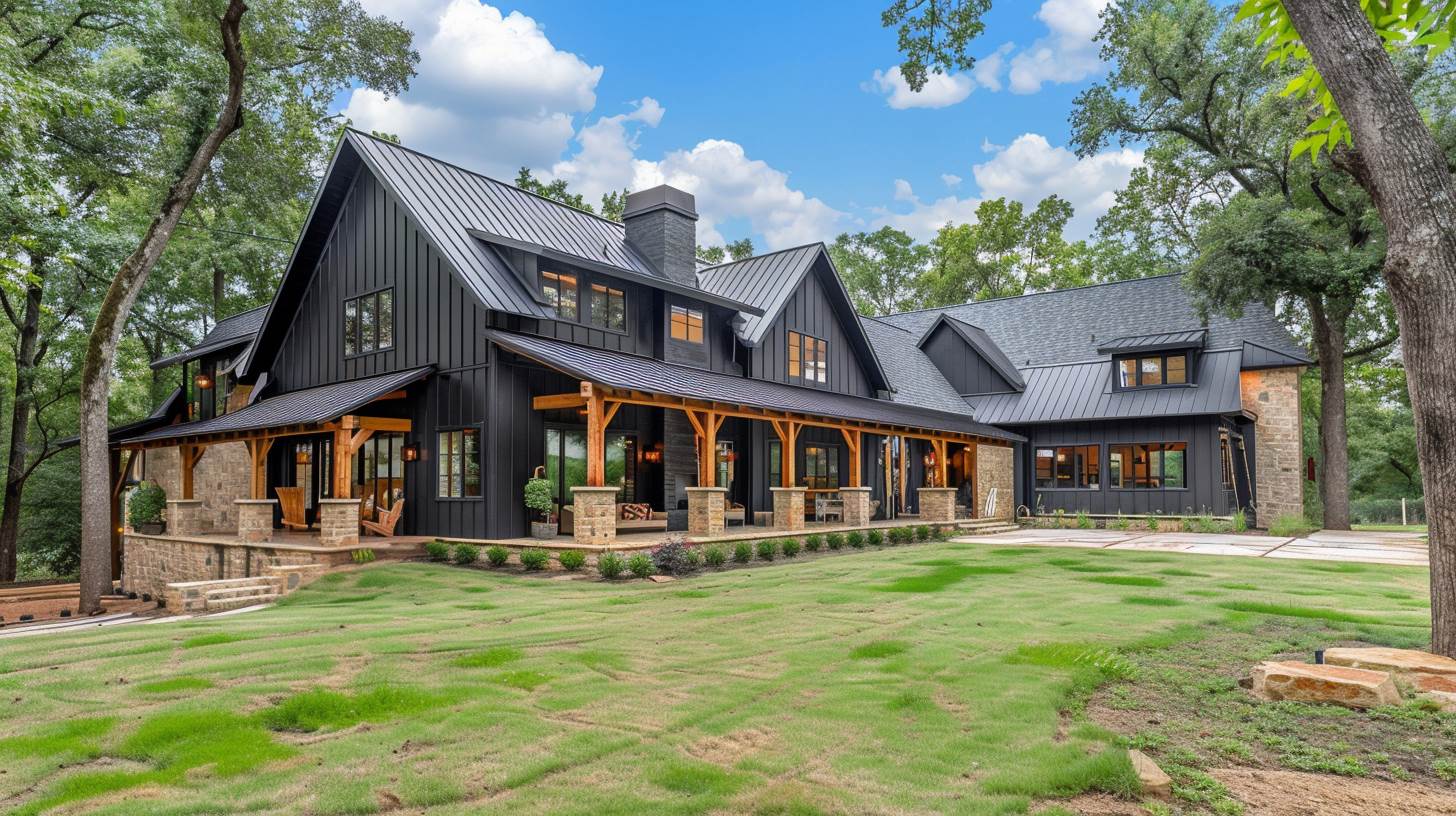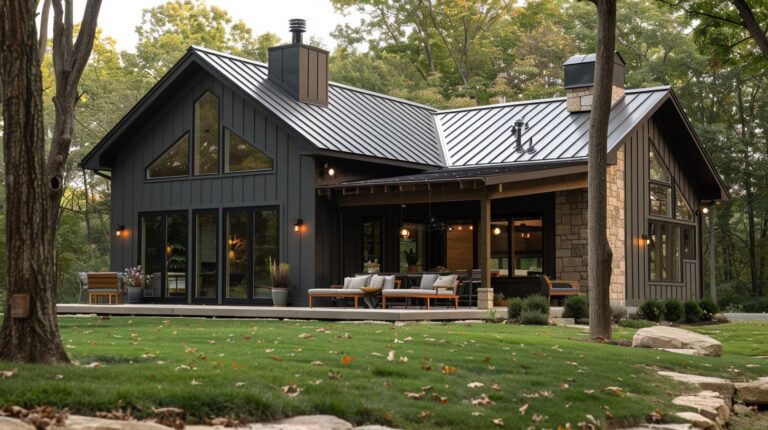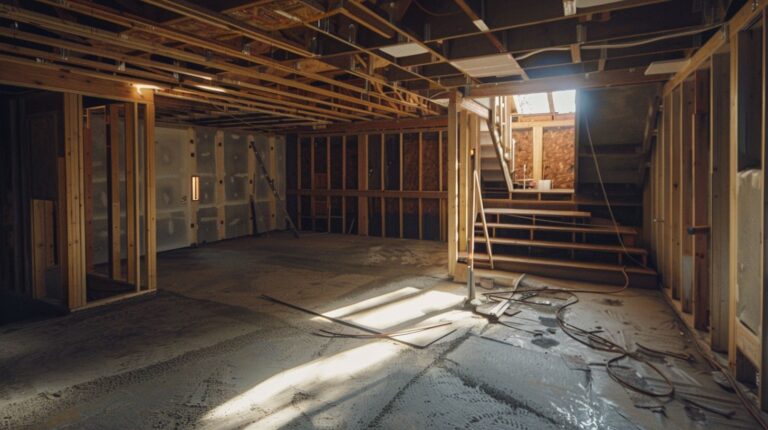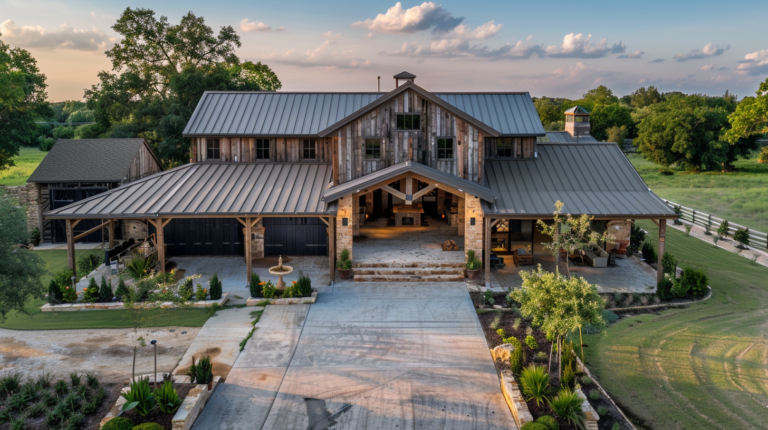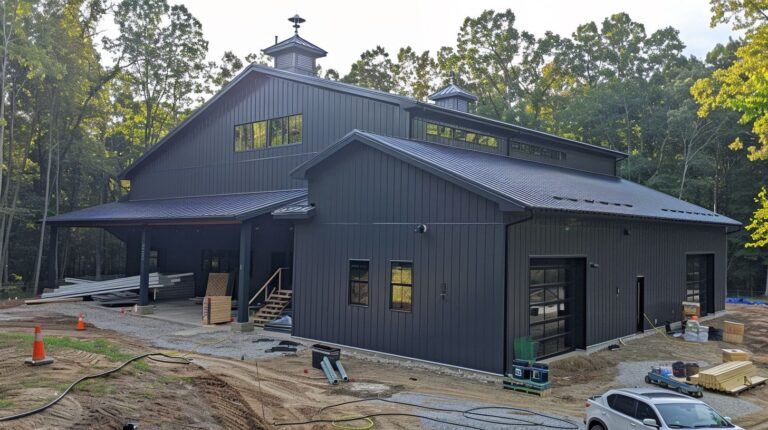The Difference Between a Barndominium and a Shouse
In the evolving landscape of modern homes, two distinctive styles have carved out a niche for those seeking unconventional living spaces: barndominiums and shouses.
Each offers a unique blend of functionality and design, catering to different lifestyles and preferences.
Let’s explore the differences between the two, as well as the pros and cons of each:
| Feature | Barndominium | Shouse |
|---|---|---|
| Primary Use | Residential focus with open-concept layouts | Integrated workshop or storage with living space |
| Construction Costs | Generally more cost-effective due to simpler construction | Potentially higher due to integrated workshop space |
| Design Flexibility | High, with customizable interiors | High, with a focus on functional workshop space |
| Maintenance and Longevity | Low maintenance, durable metal exteriors | Similar, with additional workshop space considerations |
| Resale Value | Increasing popularity may enhance resale value | Unique market position, may affect resale value |
What are Barndominiums and Shouses?
Barndominiums are essentially barns transformed into residential spaces, offering the charm of a rustic setting combined with the amenities of modern living.
They typically feature steel construction, providing a sturdy and durable home with a wide range of design possibilities due to the absence of load-bearing walls. This allows for vast, open-concept living spaces adorned with high ceilings and expansive windows, making barndominiums an attractive option for those who favor airy and spacious interiors.
Shouses, on the other hand, blend the functionality of a workshop or garage with the comfort of a house, hence the name (shop + house).
These structures are designed to cater to individuals who require a substantial workspace without sacrificing the convenience of immediate access to their living quarters.
Shouses are ideal for hobbyists, entrepreneurs, or anyone needing a large, functional area for projects or storage, seamlessly connected to their home.
Construction, Costs, and Considerations
When it comes to construction costs, both barndominiums and shouses offer a more affordable alternative to traditional homes, with barndominiums generally being perceived as the more cost-effective option due to their straightforward construction methods. However, the total cost can vary widely based on factors such as size, materials, and customization levels.
Shouses may incur additional costs owing to the complexity of integrating a fully functional workshop or garage space alongside living areas.
Design flexibility is a hallmark of both styles, with each offering the ability to tailor the space to specific needs and preferences.
Barndominiums excel in providing large, uninterrupted interior spaces perfect for custom layouts, while shouses offer the unique advantage of a dedicated work area directly accessible from the living quarters.
Maintenance and longevity are significant advantages for both types of homes, thanks to their durable metal construction.
However, the integrated workshop in a shouse may require additional considerations for insulation, heating, and cooling to ensure the entire structure remains comfortable and energy-efficient year-round.
Making the Choice
Deciding whether a barndominium or a shouse is right for you ultimately depends on your lifestyle, needs, and priorities. If you value open, customizable living spaces with a modern, industrial aesthetic, a barndominium could be your ideal home.
Conversely, if your lifestyle or profession benefits from having a large, accessible workshop or garage integrated with your living space, a shouse may better serve your needs.
Regardless of which option you lean towards, both barndominiums and shouses represent innovative, cost-effective alternatives to traditional housing that do not sacrifice style or functionality.
As these home styles continue to gain popularity, they offer a compelling choice for those looking to break free from conventional living spaces and embrace a more personalized, functional home environment.

